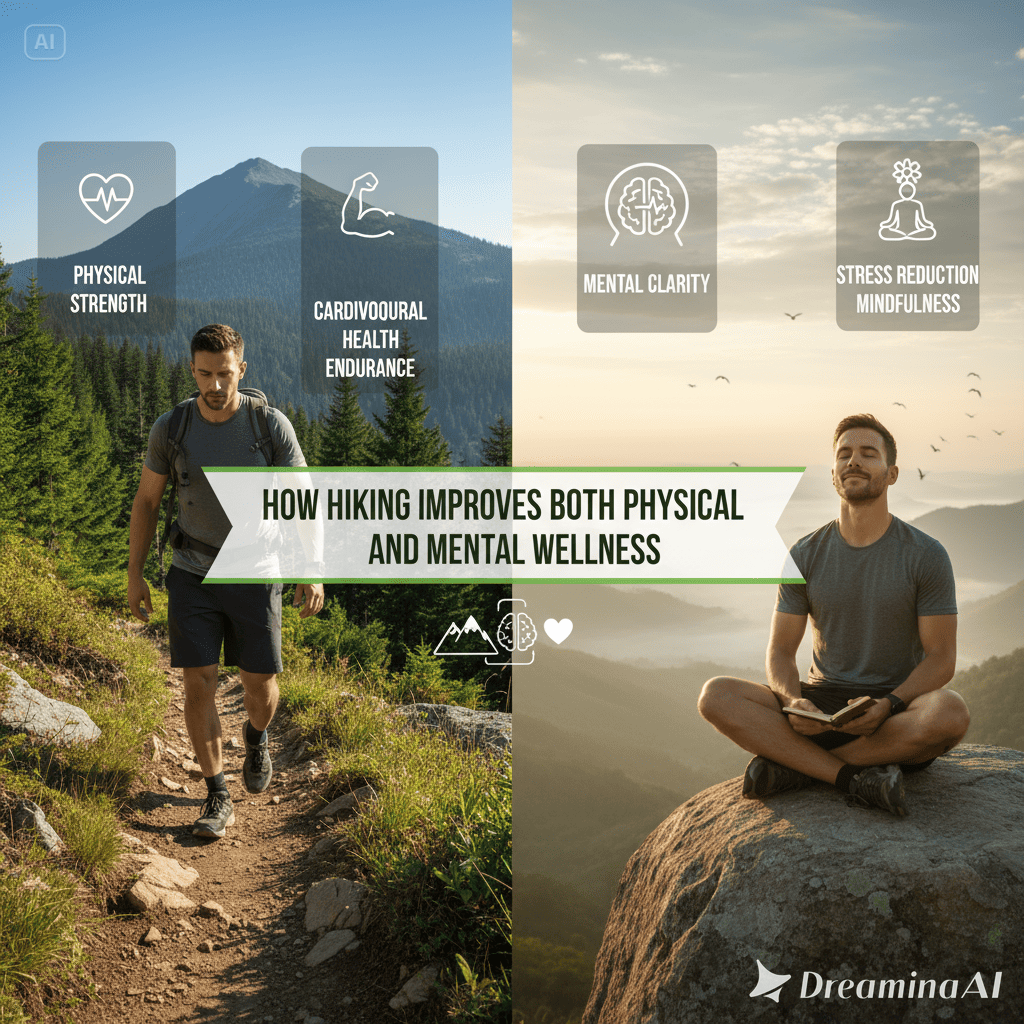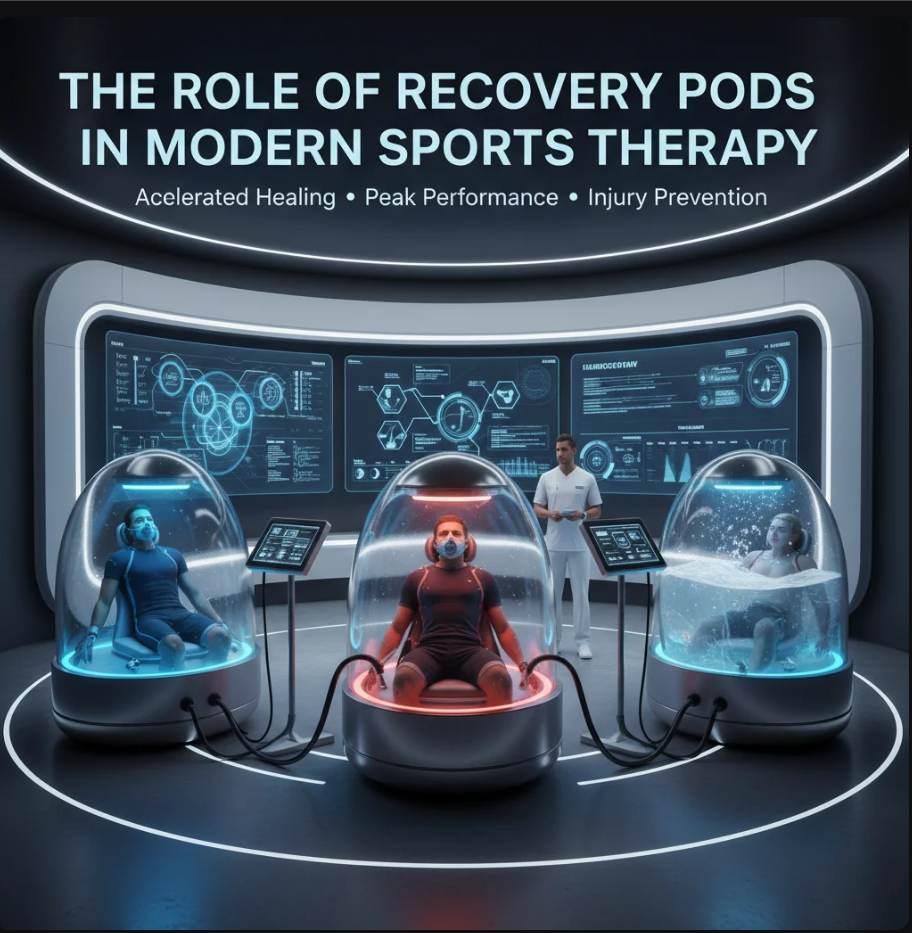Discover the best recovery practices after intense workouts. From hydration and nutrition to sleep, stretching, and therapy, maximize your results safely.
An intense workout pushes your body to its limits, breaking down muscle fibers, draining energy, and stressing the nervous system. While exercise is essential for building strength and endurance, recovery is equally important to maximize results and prevent injury. Without proper recovery, you risk fatigue, plateau, or even overtraining.
This article explores the best recovery practices after intense workouts to help your body heal, rebuild, and perform at its peak.
1. Hydration: Replenish Lost Fluids
After sweating heavily, your body loses not only water but also essential electrolytes like sodium, potassium, and magnesium.
- What to Do: Drink water or electrolyte-rich beverages within the first hour post-workout.
- Tip: Coconut water or a balanced sports drink can be excellent natural options.
2. Proper Nutrition: Fuel Muscle Repair
Muscles need protein to repair and carbohydrates to restore glycogen levels.
- Protein: Aim for 20–30 grams of high-quality protein (chicken, fish, eggs, or plant-based protein).
- Carbohydrates: Whole grains, fruits, or starchy vegetables to replenish energy stores.
- Timing: Eat a balanced meal within 1–2 hours post-exercise.
3. Sleep: The Ultimate Recovery Tool
Sleep is where most of the magic happens—muscle growth, tissue repair, and hormone regulation.
- Recommendation: 7–9 hours of quality sleep each night.
- Tip: Create a relaxing bedtime routine and avoid screens before sleep to improve quality.
4. Active Recovery
Low-intensity activities help stimulate blood flow and reduce muscle stiffness.
- Examples: Walking, yoga, swimming, or light cycling.
- Benefits: Speeds up nutrient delivery to muscles and flushes out waste products like lactic acid.
5. Stretching and Mobility Work
Post-workout stretching can help restore range of motion and reduce tightness.
- Dynamic stretches: Before workouts to warm up.
- Static stretches: After workouts to relax and lengthen muscles.
- Foam rolling: Effective for releasing tension and improving flexibility.
6. Cold and Heat Therapy
- Ice Baths or Cold Showers: Reduce inflammation and muscle soreness.
- Heat Therapy (sauna or hot bath): Promotes blood flow and relaxation.
- Contrast Therapy: Alternating hot and cold exposure for optimal recovery.
7. Massage and Myofascial Release
Sports massage or self-massage techniques can reduce tension, improve circulation, and promote faster healing.
- Tools: Foam rollers, massage guns, or lacrosse balls.
- Professional massage: Once or twice a month can be beneficial for serious athletes.
8. Listen to Your Body
Recovery isn’t one-size-fits-all. Pay attention to signals like fatigue, persistent soreness, or lack of motivation.
- Rest Days: Incorporate at least 1–2 rest days per week.
- Periodization: Alternate between high-intensity and low-intensity training cycles.
Conclusion
Recovery is a crucial part of fitness. By prioritizing hydration, nutrition, sleep, active recovery, mobility, and therapy techniques, you ensure that your body heals and grows stronger after intense workouts.
Remember, progress doesn’t just happen in the gym—it happens during recovery. Treat recovery as part of your training plan, and you’ll unlock better performance, fewer injuries, and sustainable long-term gains.
Recommend :











